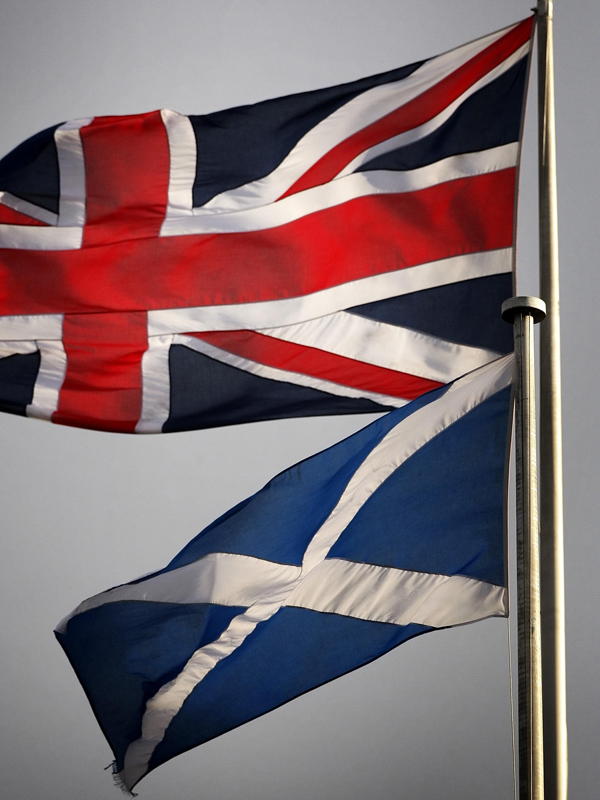One of Scotland’s biggest business organisations has set out to cut through the “waffle” surrounding the independence debate.
The Federation of Small Businesses (FSB) and the University of Edinburgh Business School has produced a “non-partisan” referendum guide looking at the practical issues and questions which businessmen and women say are not being adequately addressed.
The 32-page document, which is also available online to anyone, draws together arguments and materials from both the Yes and No camps, alongside international evidence.
The publication of “Scotland’s Independence Referendum: Your business, your vote” follows an FSB survey that found the majority of its members were disappointed at the information produced by both sides.
Andy Willox, FSB Scotland policy advisor, said two in five small businesses report that better referendum information could sway their vote.
“Most Scottish small business owners don’t have time to leaf through dozens of phonebook-thick discussion documents only to discover that their business interests aren’t featured,” he said.
“Our research tries to weed out the waffle and highlight what we know, what we don’t know and what’s fundamentally unknowable in the referendum debate.”
He added: “Many of the specific points raised by our members will depend largely on the two big, and bitterly contested, issues of the campaign: whether we’ll be a member of the EU, and if so on what basis; and which currency we’ll use.
“Others – on the postal or tax system, say – hinge on what would happen in the various negotiations that would be conducted in the event of a Yes vote.
“We hope that our concise document helps our members make a more informed choice without pretending to provide the mirage of answers where none can exist.”
The Scottish Government launched a leaflet yesterday outlining the “benefits” of independence to small and medium sized enterprises (SMEs).
Key points included: increased support for manufacturing, reduction in corporation tax below UK rate, government procurement opportunities, and improved rural broadband.
Finance Secretary John Swinney said: “Independence presents a unique opportunity for Scotland to maximise our economic potential and to develop our economy in line with our strengths and preferences.”
